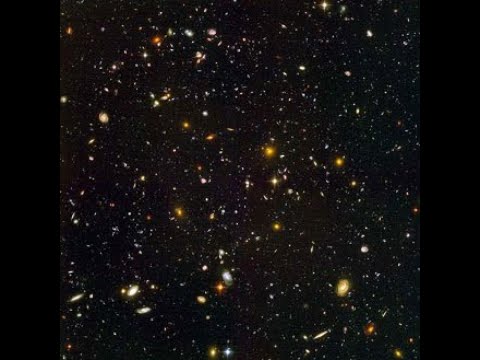Guests: Doug Sharp and Rich Geer
Description: Evolutionists often use the problem of distant starlight as a gotcha argument against the Biblical creation event occurring thousands of years ago. Indeed, the account of creation in the Bible does not pretend to be anything less than miraculous, and if we have a creator God who is omniscient and powerful, transcending space and time, He is capable of carrying this out. If we expect then for the physics of light to follow the exact same parameters and rules we see today, we in our limited existence in time and space do not have the means to experimentally verify what happened.
Given that, there are several explanations from creationists that appear to solve this problem. The first was a proposal by David Harris in 1978 that the speed of light was infinite in the beginning but slowed down at the time of the fall of man. Others such as Barry Setterfield noted that historic measurements of the speed of light were higher than the present rate. Steve Miller in 2007 noted that we may be observing the universe in near real time. Distant galaxies and nebulae appear very similar to those nearer, and with the Hubble and James Webb telescopes, the further distant you go, you do not see evidence for “younger” heavenly bodies as they emerge. We don’t have enough observing time to establish what we should expect as stars age. Binary star systems can contain a red giant and a white dwarf, falsifying ages assumed on the Hertzsprung-Russell diagram.
D. Russell Humphreys and John C. Hartnett have also proposed universe expansion models that involve the idea that time runs at different rates in the universe relative to this expansion. This is based upon Einsteins General Theory of Relativity.
Certainly this is an unsolvable conundrum, and it also is a problem for evolutionism because the data doesn’t match their ideas either.
